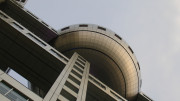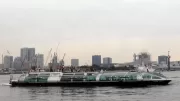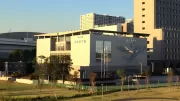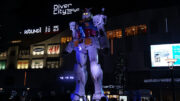Odaiba, sometimes known simply as Daiba, is a large artificial island in Tokyo Bay, accessible via the Rainbow Bridge. Originally constructed in the 1850s by the Tokugawa Shogunate, Odaiba began as a series of fortresses designed to protect Tokyo from naval attacks. Today, it has transformed into a futuristic precinct filled with dramatic architecture, shopping malls, museums, and entertainment venues.
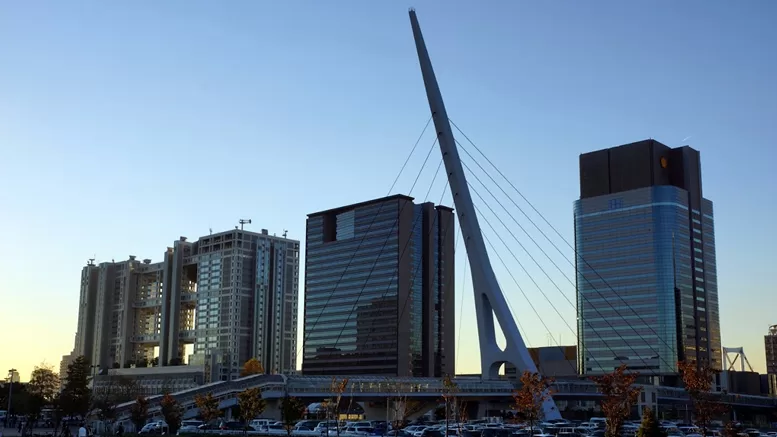
The area’s first redevelopment came in 1928, when Battery No. 3 was converted into Metropolitan Daiba Park, which still exists today. In the mid-1980s, there were ambitious plans to develop Odaiba into a $10 billion utopian city with homes for over 100,000 residents. However, after Japan’s economic downturn in the early 1990s, these plans collapsed, leaving the area largely deserted.
By the late 1990s, Tokyo’s economy rebounded, and Odaiba saw new developments, albeit on a smaller scale than originally envisioned. In 1996, the area was rezoned, leading to the establishment of commercial districts, shopping centres, hotels, and attractions. One of the most notable early developments was Fuji TV’s headquarters, a striking futuristic metal building, which quickly became a landmark of the area.
Top Attractions in Odaiba
With the addition of shopping malls and entertainment complexes, Odaiba soon became a popular leisure destination for both locals and tourists. Some of the area’s top attractions include:
-
- Tokyo Big Sight Exhibition Hall – Opened in 1996, this convention centre is famous for its four enormous upside-down pyramids.
- Sega’s Joypolis – One of Japan’s largest indoor theme parks, featuring VR rides and arcade games.
- DiverCity Tokyo Plaza – A large shopping complex famous for its life-sized Unicorn Gundam statue, which performs light shows in the evening.
- AQUA CiTY Odaiba – A shopping and entertainment complex offering restaurants with stunning views of Tokyo Bay.
- Decks Tokyo Beach – Home to attractions such as Madame Tussauds Tokyo, LEGOLAND Discovery Center, and a retro-themed arcade.
- National Museum of Emerging Science and Innovation (Miraikan) – A fascinating museum showcasing cutting-edge robotics, AI, and space technology.
Odaiba’s Statue of Liberty
One of Odaiba’s most unexpected landmarks is a replica of New York’s Statue of Liberty, proudly standing in front of the Rainbow Bridge. Originally installed in 1999 as part of “The Year of France in Japan” celebrations, it was so popular that a permanent version was erected soon after. Today, it remains a favourite photo spot with breathtaking views of Tokyo Bay.
Access
Odaiba is well-connected by public transport:
- Yurikamome Line – A fully automated, driverless transit system offering breathtaking views as it crosses the Rainbow Bridge. It departs from Shimbashi Station, which connects to the JR Yamanote, Keihin-Tohoku, and Tokaido Main Lines, as well as the Tokyo Metro Ginza and Asakusa Lines.
- Rinkai Line – A cheaper alternative to the Yurikamome, connecting Odaiba with Shinjuku and Osaki.
- Ferries – Water transport services operate between Odaiba, Asakusa, and Hinode Pier, providing a scenic way to reach the island.
- Buses – Various bus routes connect Odaiba to other parts of Tokyo.

